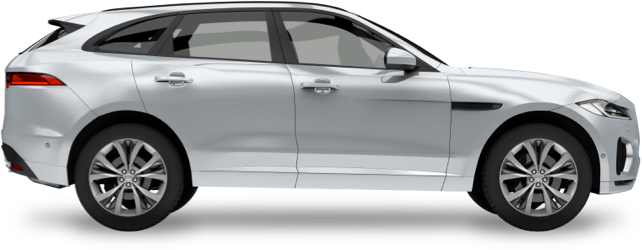- Over 1 million successful rentals
Car Hire Namibia
Save time and money. We compare the offers of car rental companies in Namibia on your behalf.
- Free cancellation Up to 48 hours prior to the scheduled pick up time
- Best price guarantee Have you found a better price? Let us know and we will make you a better offer.
- 24000+ pick-up locations Locations around the world
Compare Car Hire
Carrentals.co.uk offers simple and straightforward car hire comparison services. We don't add a penny to your quotes!
Car rental offers in Namibia
Whether you're looking for a small rental car or a station wagon for the entire family, we will always have a suitable vehicle for the lowest price. Below are some examples from our selection in Namibia.
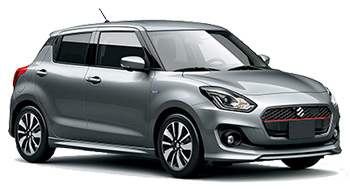
-
Hertz From£ 16 /day

-
Hertz From£ 21 /day
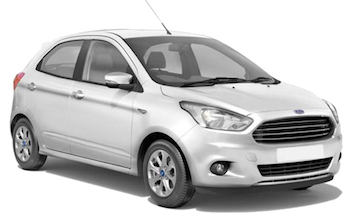
-
Budget From£ 21 /day
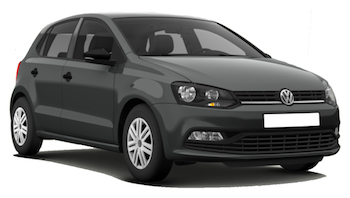
-
Budget From£ 21 /day -
Avis From£ 27 /day

-
Avis From£ 32 /day

-
Avis From£ 25 /day

-
Avis From£ 32 /day

-
Avis From£ 33 /day

-
Avis From£ 40 /day

-
Hertz From£ 17 /day
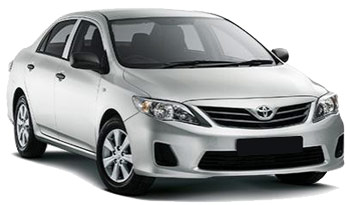
-
Hertz From£ 20 /day -
Europcar From£ 30 /day -
Avis From£ 30 /day

-
Hertz From£ 22 /day
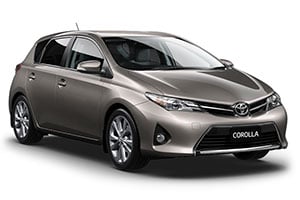
-
Hertz From£ 22 /day

-
Hertz From£ 26 /day -
Europcar From£ 35 /day -
Avis From£ 36 /day
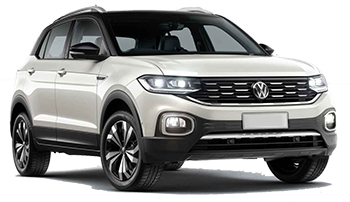
-
Hertz From£ 26 /day

-
Hertz From£ 27 /day
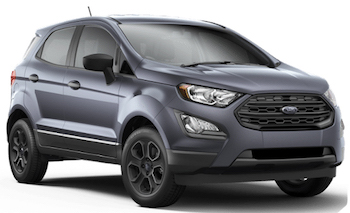
-
Hertz From£ 29 /day

-
Hertz From£ 33 /day

-
Budget From£ 26 /day

-
Hertz From£ 38 /day
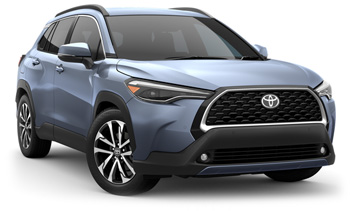
-
Avis From£ 61 /day -
Europcar From£ 61 /day -
Bluu Car Rental From£ 71 /day

-
Avis From£ 55 /day -
Europcar From£ 55 /day -
Bluu Car Rental From£ 71 /day
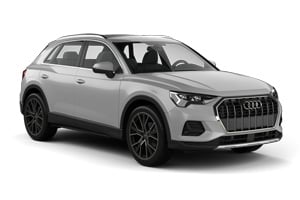
-
Avis From£ 77 /day

-
Avis From£ 72 /day
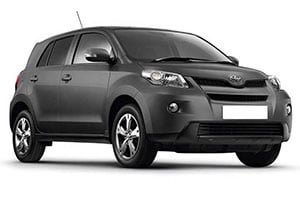
-
Avis From£ 43 /day

-
Avis From£ 48 /day

-
Hertz From£ 61 /day
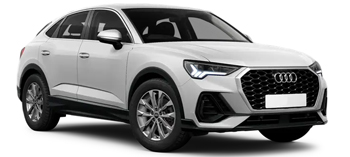
-
Avis From£ 68 /day

-
Avis From£ 78 /day

-
Budget From£ 94 /day
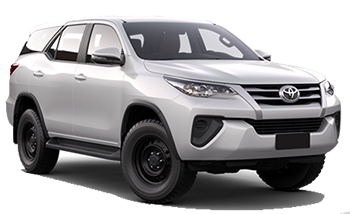
-
Hertz From£ 38 /day -
Avis From£ 64 /day -
Europcar From£ 66 /day
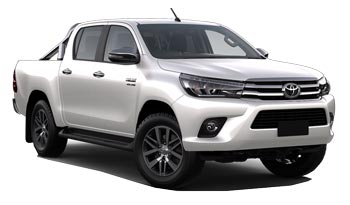
-
Hertz From£ 41 /day -
Europcar From£ 67 /day

-
Hertz From£ 46 /day -
Europcar From£ 75 /day
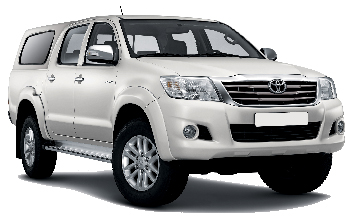
-
Avis From£ 59 /day -
Bluu Car Rental From£ 87 /day

-
Avis From£ 62 /day -
Bluu Car Rental From£ 86 /day

-
Avis From£ 65 /day

-
Avis From£ 71 /day

-
Europcar From£ 72 /day -
Avis From£ 73 /day
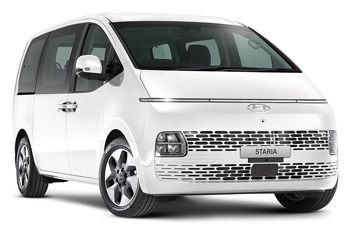
-
Europcar From£ 76 /day

-
Avis From£ 78 /day -
Bluu Car Rental From£ 80 /day

-
Bluu Car Rental From£ 80 /day -
Avis From£ 84 /day
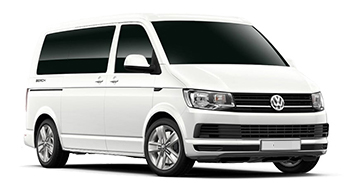
-
Avis From£ 85 /day

-
Avis From£ 91 /day

-
Avis From£ 85 /day

-
Avis From£ 91 /day

-
Hertz From£ 26 /day

-
Hertz From£ 29 /day

-
Hertz From£ 33 /day

-
Hertz From£ 33 /day

-
Hertz From£ 38 /day -
Avis From£ 64 /day -
Europcar From£ 66 /day

-
Europcar From£ 41 /day -
Avis From£ 43 /day -
Bluu Car Rental From£ 53 /day

-
Europcar From£ 46 /day -
Avis From£ 48 /day -
Bluu Car Rental From£ 53 /day

-
Avis From£ 55 /day -
Europcar From£ 55 /day -
Bluu Car Rental From£ 71 /day

-
Avis From£ 60 /day -
Europcar From£ 61 /day -
Bluu Car Rental From£ 71 /day

When to book a rental car in Namibia
Namibia - When is the most affordable time to rent a economy class car?
At this destination (Namibia), May is the most affordable time to rent a economy class car with an average daily rate of
Namibia - When is the most affordable time to rent a compact class car?
At this destination (Namibia), May is the most affordable time to rent a compact class car with an average daily rate of
Namibia - When is the most affordable time to rent an intermediate class car?
At this destination (Namibia), May is the most affordable time to rent a intermediate class car with an average daily rate of
Namibia - When is the most affordable time to rent a standard class car?
At this destination (Namibia), September is the most affordable time to rent a standard class car with an average daily rate of
Namibia - When is the most affordable time to rent a full-size car?
At this destination (Namibia), May is the most affordable time to rent a full-size class car with an average daily rate of
Namibia - When is the most affordable time to rent a luxury car?
At this destination (Namibia), May is the most affordable time to rent a luxury class car with an average daily rate of
Namibia - When is the most affordable time to rent a SUV?
At this destination (Namibia), May is the most affordable time to rent an SUV with an average daily rate of
Namibia - When is the most affordable time to rent a MPV?
At this destination (Namibia), June is the most affordable time to rent an mpv with an average daily rate of
Namibia - When is the most affordable time to rent a minivan?
At this destination (Namibia), June is the most affordable time to rent a minibus with an average daily rate of
Namibia - When is the most affordable time to rent a delivery van?
At this destination (Namibia), July is the most affordable time to rent a van with an average daily rate of
Car rental locations in Namibia
Carrentals.co.uk compares rental car prices at the following destinations

Namibia Guide
Namibia is best explored by rental car. Carrentals.co.uk has over 7 pick-up locations in Namibia. This means there is always a pick-up location close to your destination.
Most popular car hire locations in Namibia
Driving
Namibia’s sand dunes, deserts, canyons and coastlines attract over one million tourists each year. Magnificent natural attractions can be found at every turn and its colourful culture can be seen in many of the country’s quaint villages. By car, visitors can explore the Namib Desert, tour the rugged Skeleton Coast, cruise the Caprivi Strip or discover the German colonial buildings in Lüderitz.
Driving Tips for Namibia
Some of the continent’s best roads can be found in Namibia, offering visitors a comfortable and convenient way to explore all corners of the country. The conditions of secondary routes vary, but nearly all are accessible by car and signage is good. Driving at night is not advisable due to wildlife on the roads.
Driving licences: UK drivers can drive with a UK photo licence, but the paper counterpart is needed for renting a car here.
Which side does Namibia drive on: the left.
Speed limits:
Motorways: 74mph (120kph)
Rural areas: 50-74mph (80-120kph)
Built-up areas: 37-50mph (60-80kph)
Alcohol limits: under the UK limit at 0.05 per cent; drivers found above this limit should expect to pay a steep fine.
Driving age: 18 years.
Seatbelts: mandatory at all times for drivers and passengers. A child restraint is needed for children who are shorter than 1.50 metres.
Mobile phones and GPS: it is against the law to use a mobile phone while driving here. GPS is allowed, and with signage in English, such units are easy for tourists to follow.
Cost of fuel in Namibia: much cheaper here than in the UK.
Car hire and fuel payment: filling stations do not accept credit cards, so motorists are advised to carry cash. Credit cards can be used for car hire but card holders should inform their card supplier that they plan to use the card here before travel.
Insurance: third-party insurance is standard with car hire but full comprehensive insurance is highly recommended.
Traffic and parking: parking is widely available and traffic is rarely a problem outside of Windhoek.
Transport
Trains
There are currently no trains that run internationally into Namibia, although in the past there was a train arriving from Upington (South Africa). The rail network in Namibia covers 1,480 miles (2,382kms) and all major cities are accessible. Still, train travel can be slow although it is reasonably priced. The journey from Windhoek to Ketmanshoop is around £8 at economy class. For train schedules and route maps, visit TransNamib.
Taxis
Taxis in Namibia are shared minivans that run on specific routes. Passengers can get on or off anywhere along the route and fares cost anywhere from £0.60 to just over £1. It is also possible to hire an entire taxi for private use, but this needs to be arranged ahead of time.
Buses
Long distance inter-city bus travel is available to nearly all main tourist areas, with fares from Windhoek to Rundu being as low as £26, while the journey from Windhoek to Ketmanshoop costs around £20. To make a reservation on one of these comfortable buses, visit Intercape. The shared taxis are the closest thing that Namibia has to a public transportation system.
Ferries
Round-trip cruise ships that sail between St Helena Island and Cape Town, South Africa, sometimes make a stop at the port in Walvis Bay. There are no other passenger ferries in or out of Namibia.
Airports
Namibia’s Hosea Kutako International Airport is the country’s main international airport, with flights arriving from the UK via Berlin, Frankfurt, Accra, Luanda, Cape Town or Johannesburg. Some visitors arrive at Walvis Bay Airport with a connection in Cape Town or Johannesburg. There are also domestic flights from the capital’s Windhoek Eros Airport and Hosea Kutako International Airport to the northern and southern regions of the country. These flights are quite cheap, with fares as low as £35. UK nationals do not require a visa to enter Namibia, but they do need to have at least six months’ validity on their passport and the address of where they are going to stay.
Explore
Exploring Namibia
Windhoek, the capital and largest city in Namibia, is the main port of entry and where most visitors start their journey. This is where most desert safaris set off and where landmarks such as the National Gallery of Namibia, the 1890 Alte Feste (Old Fortress), Tintenpalast (Ink Palace) and the Parliament Gardens are located.
To the west is the Erongo region, home to the country’s biggest coastal towns such as Swakopund and Walvis Bay, and famed for its adventure sports, including sand boarding, surfing, quad biking and kite surfing.
Northern Namibia is home to the famous Skeleton Coast, the Etosha Pan and Etosha National Park. Here, visitors can see stunning landscapes and wildlife such as elephants, giraffes, baboons, zebras and rhinoceros, among other things.
Caprivi, or the Caprivi Strip, is wedged between Botswana, Angola and Zambia, and offers visitors a wealth of wildlife and landscapes.
Southern Namibia is where visitors will find the world’s second largest canyon, Fish River Canyon. It is also home to the Namib Desert, the Sossusvlei clay and salt pan, and the Ai-Ais/Richtersveld Transfrontier Park. It is also the location of the German colonial coastal town of Lüderitz.
The untouched Kaokoland lies in the northwest corner of Namibia, bordering Angola, and is filled with mountain scenery and remote villages. It is home to Epupa Falls and the Herero and Himba tribes.
Weather
Central Namibia, where the capital city is located, features a semi-arid climate with extremely hot and sometimes wet summers, temperatures of at least 30°C and cold, dry winters. Along the coast near Walvis Bay the weather is dry and cool, with summer temperatures averaging around 24°C, while in the winter the mercury sits at 17°C. Caprivi is the wettest part of the country, receiving rain throughout the year, while Lüderitz along the southwest coast sees little rain and has a desert climate with pleasant temperatures all year.
Practical information
-
CurrencySouth African rand, Namibian dollar
-
Driving directionLeft
-
City speed limit60 km/h
-
Freeway speed limit120 km/h
-
LanguageEnglish, Afrikaans
-
Popular car categorySUV
What most people want to know
The following questions and answers are a selection of the most popular questions. If you do not find the answer to your question, have a look at the Frequently Asked Questions page or contact us.
- Hertz
- Bluu Car Rental
- Budget
- Bidvest Car Rental
- Avis
- Europcar
- Keddy By Europcar
- Thrifty
- Bobo Campers
- Britz Motorhomes
- KEA Campers
- Maui Motorhomes
